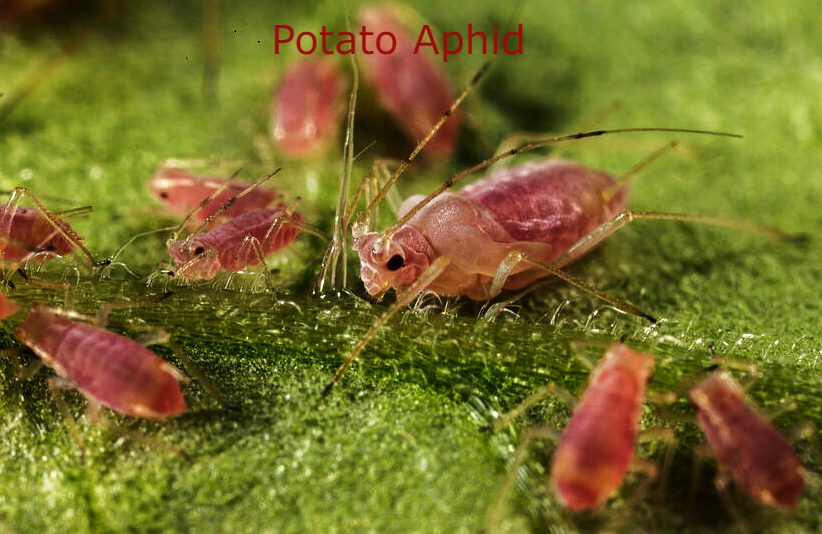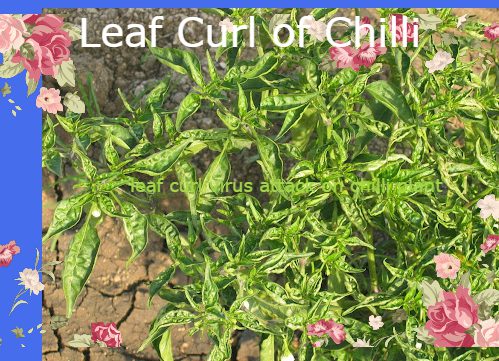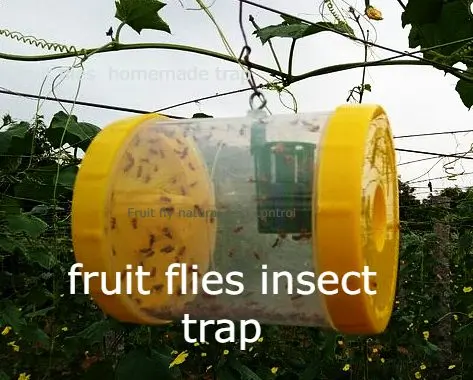Vegetable Diseases
Anthracnose of Beans
Bean anthracnose is caused by the fungus Colletotrichum lindemuthianum, and it is primarily transmitted through the bean’s seeds. It can infect a broad variety of legume plants, including those used as vegetables and grain legumes, thanks to its extensive host range. In both temperate and subtropical zones, the disease can result in significant financial losses for bean farmers. As a result of the implementation of certified seed systems in commercial bean production in the United States, it is now regarded as a rare occurrence.
Bacterial Leaf Spot of Ornamental
The bacterium known as Pseudomonas cichorii is sometimes responsible for bacterial leaf spots. On Gerbera, in Victoria, it was recorded for the first time in 2008, and it was there.
P. cichorii is also responsible for the zonate leaf spot and varnish spots that appear on cabbage leaves. It is important to keep in mind that symptoms caused by other bacterial genera and species might be quite similar to those caused by P. cichorii. The bacterial disease known as P. cichorii leaf spot is typically problematic for the following plants:
Especially when the weather is warm and there are periods of heavy rain, or in locations where overhead watering is done.
cabbage during periods of wet and windy weather or when planted under overhead irrigation lettuce during periods of cool temperatures when cultivated under overhead irrigation
Bacterial Wilt of Potatoes
Ralstonia solanacearum is the name of the soil-borne bacterium that is responsible for bacterial wilt (formerly known as Pseudomonas solanacearum). The potato wilt bacteria lives mostly in the roots and penetrates the root system at areas of injury produced by field tools or equipment and soil pests. It is also transmitted from infected soil to potatoes. Bacterial wilt is another name for this condition when it affects potatoes.
brown rot
southern wilt
sore eye
jammy eye
Downy Mildew of Brassica
The fungus-like creature known as Hyaloperonospora parasitica is responsible for the development of downy mildew, which primarily affects the leaves of plants. It causes significant losses in seedling production, especially during the colder months, and it is primarily responsible for these losses. Younger plants are more vulnerable than their more mature counterparts. Cauliflower curds are susceptible to infection by H. parasitica, which can also cause systemic problems in heading brassicas and radishes.
Powdery Mildew of Cucurbits Powdery mildew of cucurbits is caused by Podosphaera xanthii and Erysiphe cichoracearum, two prevalent fungal infections. It is hypothesized that airborne conidia spread from southern states or local areas with greenhouse-grown cucurbits serve as the disease’s major inoculum. All cucurbits are susceptible to infection by these fungal viruses. Powdery mildew attacks […]
Powdery Mildew of Cucurbits | Did you Know Epic & Secret Control Read More »
Fusarium Wilt of Chilli Fusarium Wilt of chilli is the most common destructive fungicide disease of the chilli plants. This wilt disease is caused by the pathogen fusarium oxysporum. Symptoms of Fusarium Wilt appear during the growing season. The Fusarium wilt disease impacted the plant’s water supply after entering through the roots. In the later
Fusarium Wilt of Chilli | Most Dangerous Disease Are You Know? Read More »
Potato Aphids Myzus persicae, known as the green peach aphid, greenfly, or potato aphid, is a small green aphid. Aphid is the most dangerous insect for potato plants. Potato Aphids damaged potatoes essentially by spreading plant infections. Infrequently, aphids become so bountiful that their taking care debilitates the plants. Potato leafroll infection is spread by
Potato Aphids | How to Damage Potato Crops and Instant Control Read More »
Leaf Curl of Chilli Leaf curl of chilli and Collar rot of chilli are widespread diseases caused by a soil-borne fungal pathogen. Both diseases cause economic losses. History of Chilli Chilli is a vegetable that is rich in vitamin C. Chilli cultivation started in Brazil and West Indies. After that, the cultivation of chilli was
Leaf Curl of Chilli & Collar Rot of Chili, Do you know about these Read More »
Insects of the Tomato Tomato is an important and very profitable crop in Pakistan. Tomato is a vegetable, which is very popular because of its beautiful colour and excellent taste. Tomatoes are used to enhance the taste of food and are also very useful for health when used in salads. In addition, tomato ketchup is
Fruit Fly Trap -| You Knew About This Top 01 Method Read More »





